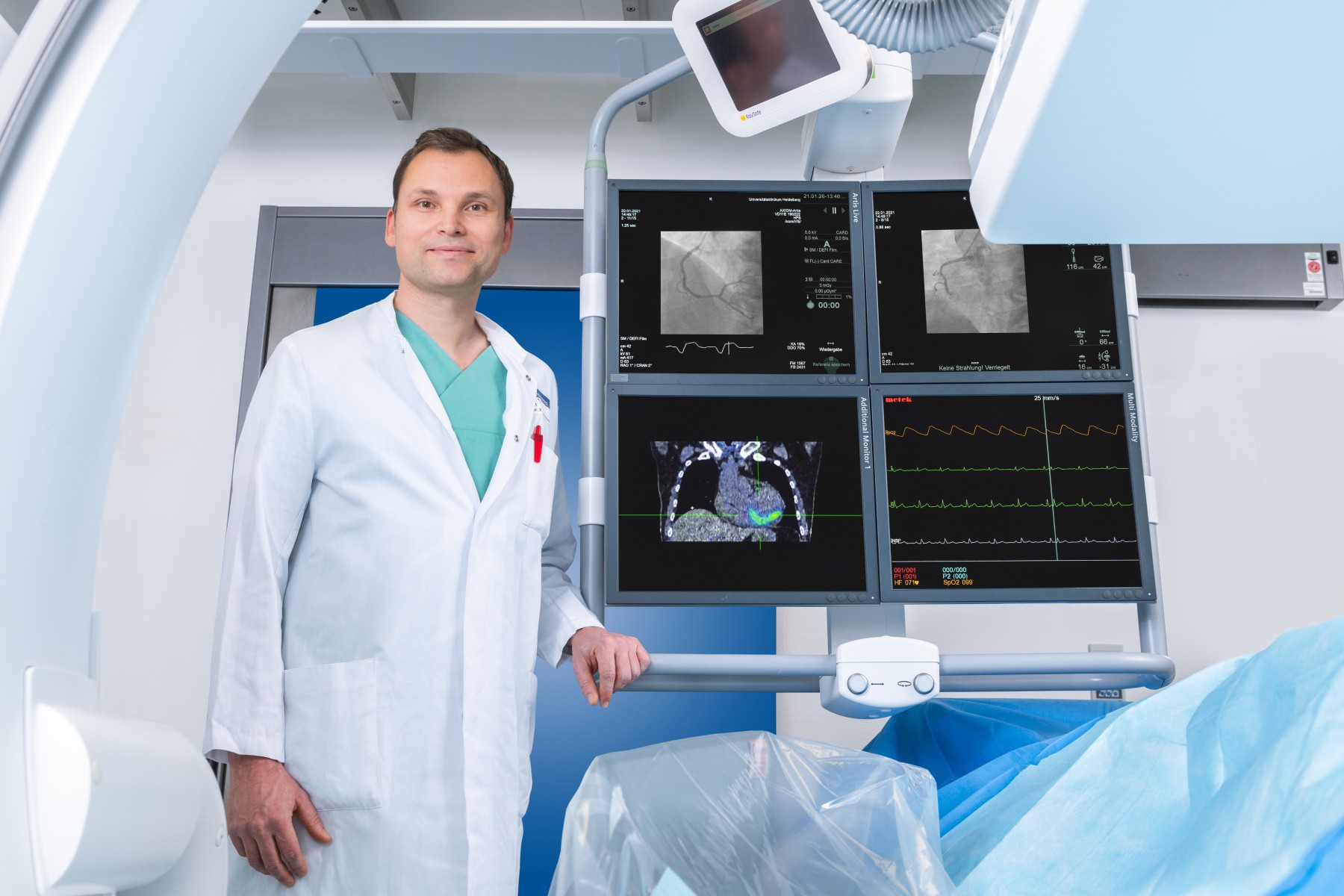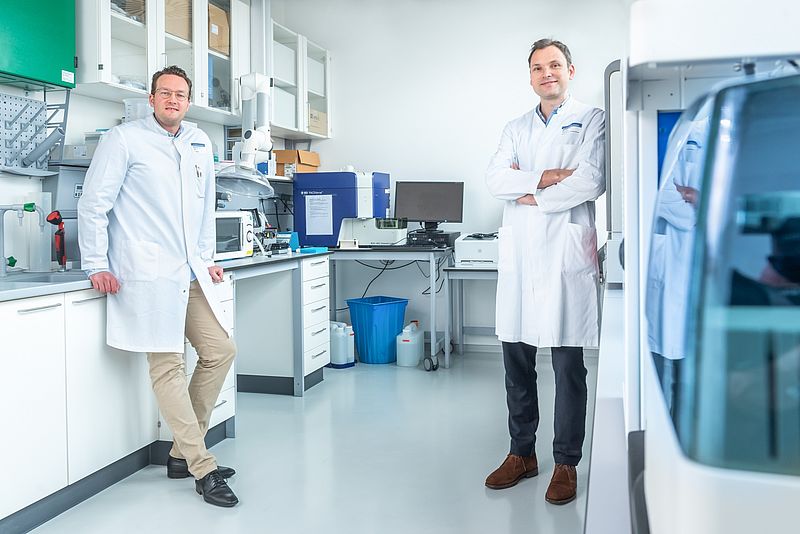"The Leducq Foundation-funded `Immuno-Fib' research collaborative aims to advance the field of immunocardiology. We will investigate how the body's own immune system can help improve the treatment of patients with heart disease," says Prof. Dr. Florian Leuschner, who will lead the project together with his U.S. colleague Prof. Dr. Robert Gropler from St. Louis. The financial support for the team of ten experienced and around 40 young scientists at seven sites (Heidelberg, Aachen, Hanover, London, Bar Harbour, Philadelphia and St. Louis) is the first time the Leducq Foundation has supported a research network initiated from Heidelberg. Central cooperation partners within the network in Germany will be the nephrocardiologist Prof. Dr. Rafael Kramann from Aachen and the nuclear medicine specialist Prof. Dr. Frank Bengel from Hanover.
Better understanding key components in the development of common heart diseases
Carefully regulated inflammatory and fibrosis processes are crucial for a good healing process after a heart attack. However, if there is an excess of inflammation or too much storage of connective tissue structures - fibrosis - in the damaged heart tissue, this can cause the heart to change unfavorably and perform less efficiently after the infarction. "These two processes represent key components of the pathophysiology of the most common heart diseases. Currently, the cells and messengers that mediate these important pathological processes are not well defined. This is where we would like to start," Leuschner said.
The researchers have set four priorities: They want to better understand the interaction of inflammatory cells and fibroblasts and identify different groups of fibroblasts. With the help of positron emission tomography (PET), the team, in collaboration with Prof. Dr. Uwe Haberkorn, Medical Director of the Department of Nuclear Medicine at the UKHD, wants to better visualize pathophysiological processes after a heart attack and in a way that is gentler for the patient, using, among other things, the radiopharmaceuticals developed in nuclear medicine at the UKHD to visualize activated fibroblasts (FAPIs). Finally, therapeutic approaches will also be addressed: "Fibroses are also referred to as `cancer of the heart' in expert circles due to their highly damaging effect," says the cardiologist. It is therefore interesting that the scientists are considering the use of CAR-T cells as a possible treatment, which until now have been known more as new players in oncology. Here, the body's own immune cells are modified in a genetic engineering process so that they can recognize and fight certain harmful cells - including an excess of fibroblasts.
Original publication: F. Leuschner, M. Nahrendorf, Novel functions of macrophages in the heart: insights into electrical conduction, stress, and diastolic dysfunction, European Heart Journal, Volume 41, Issue 9, 1 March 2020, 989-994, doi.org/10.1093/eurheartj/ehz159
Scientific contact: Prof. Florian Leuschner, Heisenberg Professorship of Immunocardiology, Heidelberg University Hospital, Florian.Leuschner(at)med.uni-heidelberg.de
Source: Press release Heidelberg University Hospital



